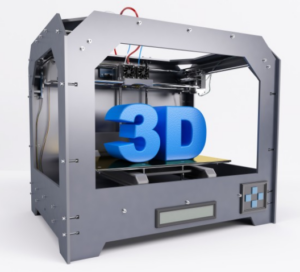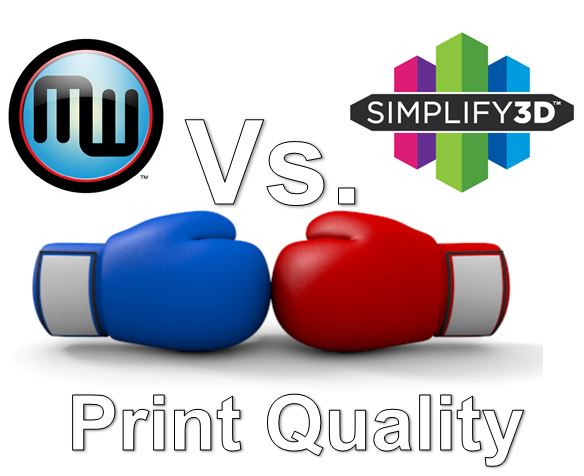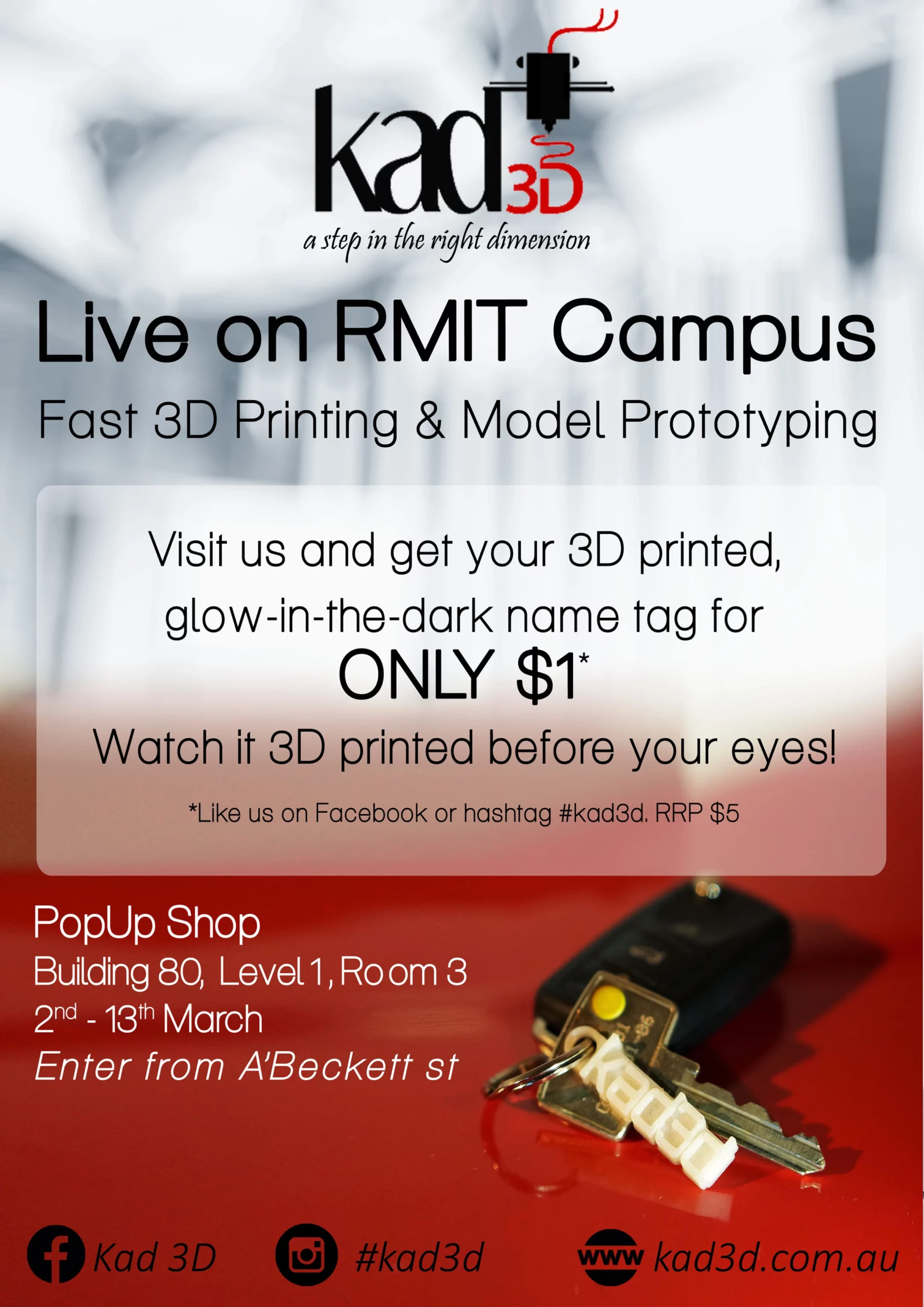PETG (Polyethylene Terephthalate Glycol-Modified)
Brief Introduction and History: PETG is a thermoplastic polyester that has gained significant popularity in the field of 3D printing due to its robustness and versatility. It was first introduced as a 3D printing material in the early 2000s and has since become a staple in various industries due to its excellent mechanical properties and ease of use.
Material Composition: PETG is made from the raw components of polyethylene terephthalate and modifying glycol. These components go through a process of extrusion and cooling to form the PETG filament used in 3D printing.
Uses: PETG is commonly used in prototyping, mechanical parts, packaging, and the production of medical devices.
Best Fit Use: PETG is particularly well-suited for creating durable functional prototypes and end-use parts that require strength and impact resistance.
Detailed Example of Specific Use 1: PETG is extensively used in the production of custom prosthetic and orthotic devices due to its biocompatibility and flexibility, providing a comfortable fit for patients.
Detailed Example of Specific Use 2: PETG is widely employed in the manufacturing of protective packaging for delicate electronics, ensuring secure transportation and storage.
Difference Between Basic and Advanced Forms: Advanced forms of PETG may include additives for enhanced UV resistance, flame retardancy, or improved printability, offering superior performance in specific applications compared to the standard form.
Benefits: PETG offers high impact resistance, chemical resistance, and transparency, making it an ideal choice for applications requiring durability and visual clarity.
Drawbacks: One potential limitation of PETG is its tendency to string during printing, requiring precise temperature control and retraction settings to minimize this issue.
Overall Rating for Daily Use: PETG is highly suitable for both hobbyist and professional use, scoring well for its balance of strength, ease of printing, and reliability in various applications.
Future Developments: Ongoing research focuses on enhancing PETG’s biodegradability and exploring composite formulations to further broaden its potential utility in 3D printing, opening up new possibilities for sustainable manufacturing processes.






